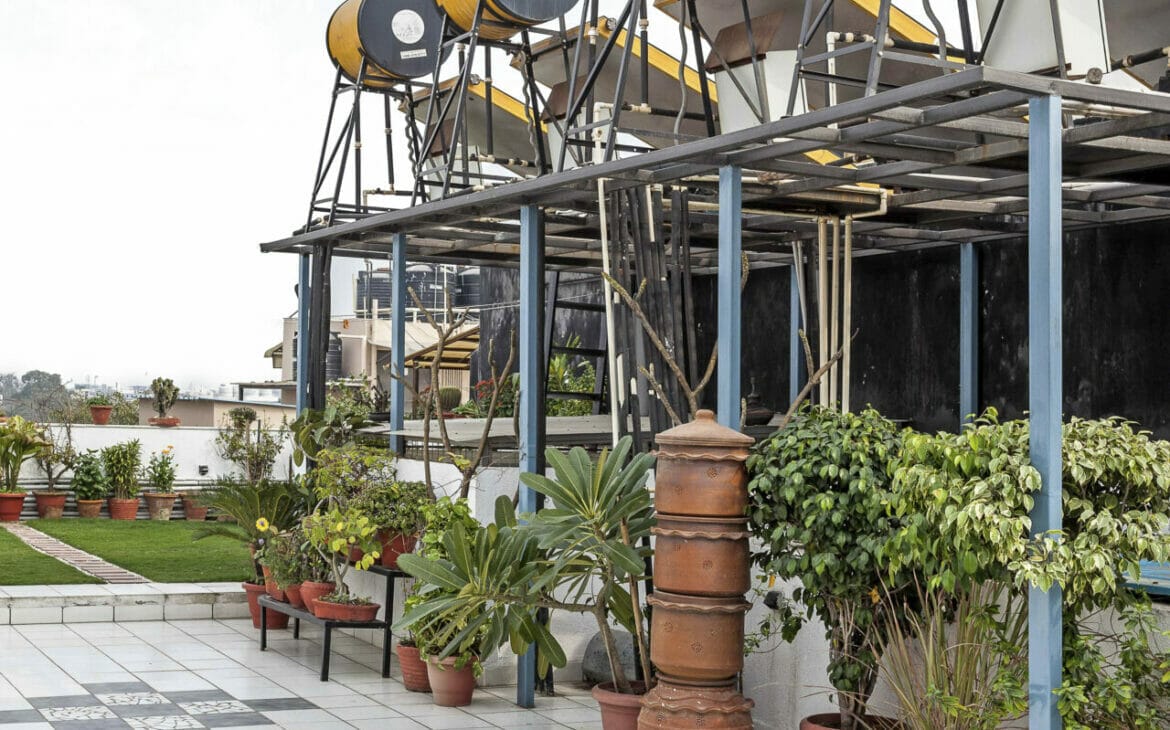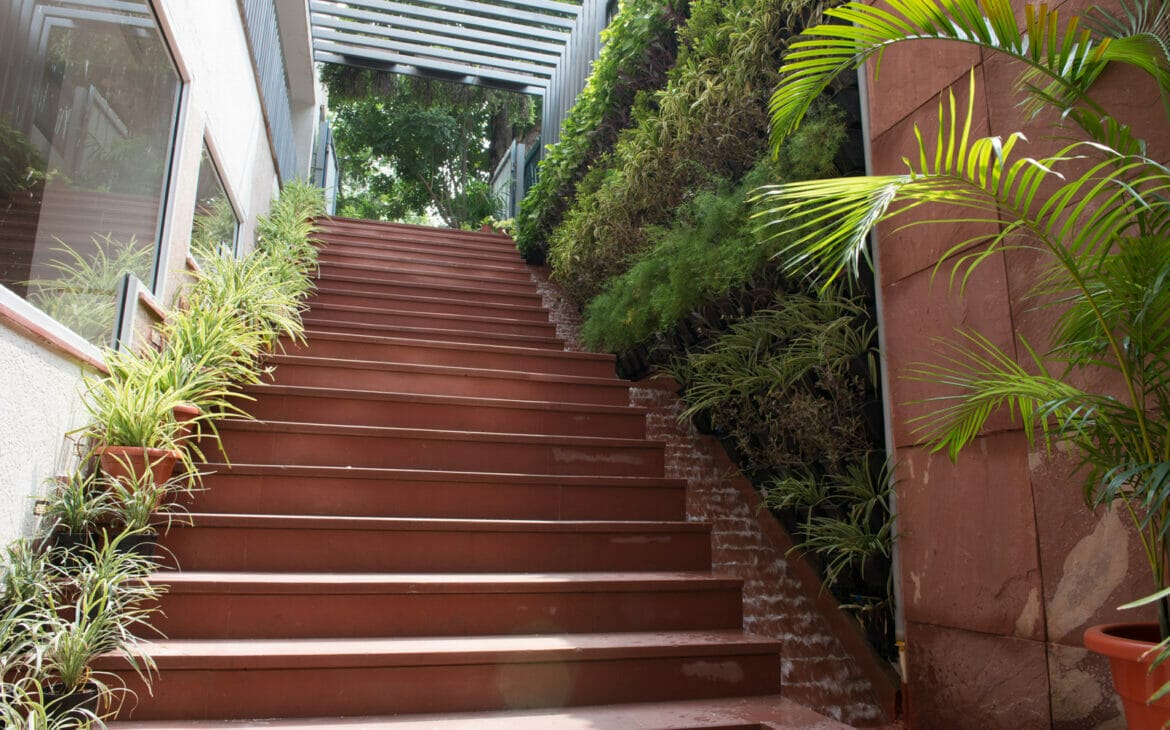Seeking verdant oases in urban landscapes? Search no more than a vertical garden. These lush walls have gained immense popularity worldwide for seamlessly blending living nature with the man-made environment. A vertical garden, also known as a green wall, is a self-sustaining vertical oasis adorned with an assortment of plants. Unlike green facades, these plants derive their water and nutrients from vertical structures rather than the ground. With advancements in technology, the creation of vertical gardens has become viable in diverse settings, including outdoor spaces, indoor environments, wall installations, and freestanding structures.
Living garden walls bring a plethora of effects to a space, imbuing it with a sense of vibrancy and vitality.Incorporating a natural element into an open area holds significant influence over the productivity and mood of its occupants. From a psychological standpoint, being surrounded by natural elements enhances alertness and uplifts one’s spirits, leading to a reduction in negative behaviors like anxiety and aggression. The innate response of human bodies to the presence of nature also alleviates stress and revitalizes weary minds, effectively combating mental fatigue.
Living walls play a crucial role in combating air pollution by serving as natural air filters, contributing to a cleaner and healthier environment. Additionally, these verdant installations are recognized for their ability to diminish noise levels within buildings, as the vegetation acts as a natural barrier against high-frequency sounds.
When vertical gardens are employed on exterior walls and facades, they have been proven to effectively lower the temperature of buildings when exposed to sunlight. Through the transpiration process of plants, they not only mitigate the external heat but also contribute to a slight reduction in indoor temperature. This makes vertical gardens an energy-efficient solution that helps to minimize energy costs.
Vertical gardens, functioning as “breathing walls” along city streets, have the potential to contribute to a reduction of approximately 10% in air pollution. These green installations act as natural filters, effectively removing nitrogen dioxide and microscopic particles from the air. As air pollution remains a major concern in industrialized cities, the incorporation of living walls offers a partial solution to mitigate its effects.

To uphold the vitality of a green wall, periodic replacement of plants is necessary to compensate for any losses. The irrigation system requires timely maintenance, and the entire system necessitates regular upkeep to ensure smooth and effortless operation.

The design of green walls is continuously evolving to offer enhanced solutions. These walls are available in various sizes and models to cater to specific user requirements. To enhance the visual appeal and vibrancy of vertical gardens, a diverse range of vegetation can be utilized, tailored to the type and purpose of the green wall. Evergreen plants are typically preferred for both indoor and outdoor installations due to their long-lasting nature. Houseplants and tropical plants are also suitable options for indoor areas. In some cases, chemically treated moss or plastic plants may be employed.

The selection process for plants in a green wall depends on factors such as location and available technology. They can be arranged in captivating patterns and unique designs, incorporating different colors, textures, and sizes. Beyond their aesthetic contribution, green walls serve as visual elements, provide biophilic effects, improve acoustics, and offer insulation, effectively breaking the monotony of any space.






















